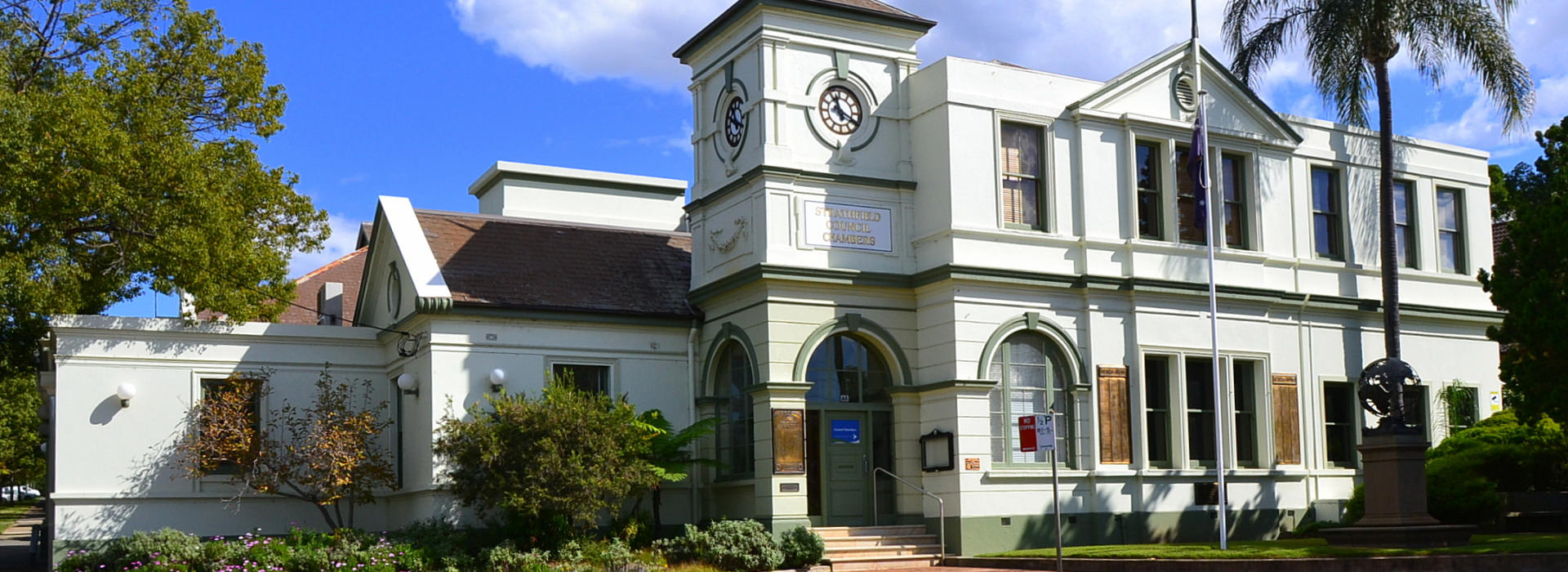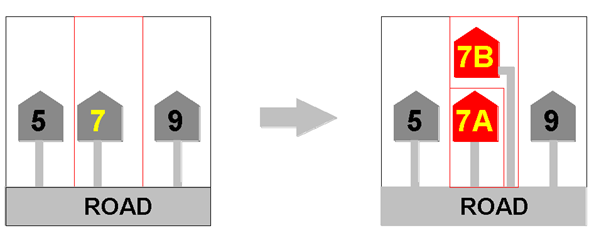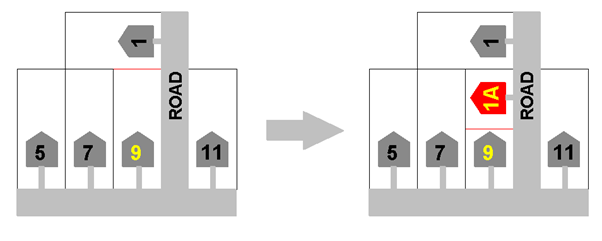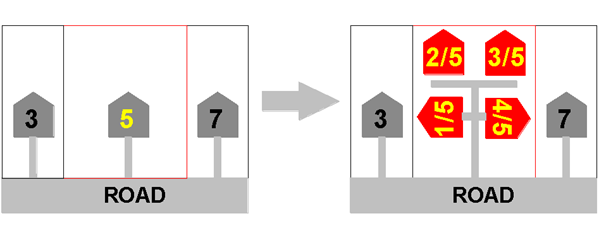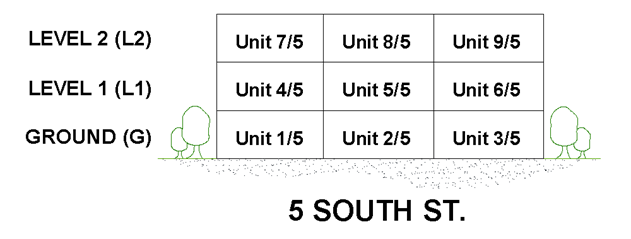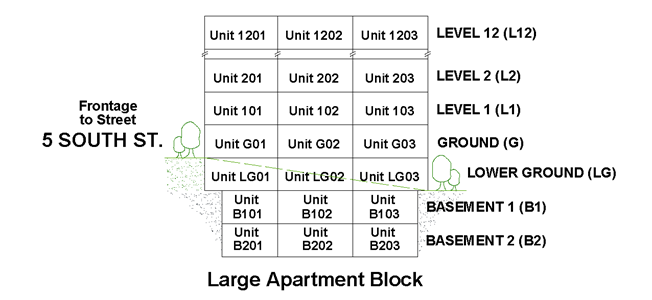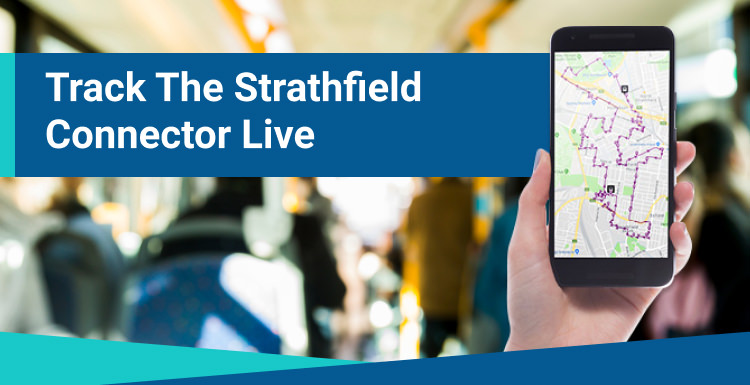Who is Responsible?
Council issues all official property addresses within the Strathfield LGA. All new addresses are based on Australian Standard ASNZS 4819 and must meet NSW Addressing Policy guidelines.
Criteria
Residents can apply to change their property addresses in certain circumstances.
Council will only consider changing a street number if there are difficulties associated with its identification (i.e. corner property or multiple frontages).
Council will not allow changes based on unlucky numbers, religious reasons, superstition, personal preference, number not good for business, inability to sell property or affecting value of property, etc.
To minimise any delay in a decision about your application, please ensure you read and follow the Instructions for Applicants set out on page 4 of the Application Form, complete all five sections of the Form and submit with the required application fee.
If you need assistance or more information please contact Council’s Customer Service Centre on (02) 9748 9999.
You will receive a notice of determination once the application has been assessed.
Approval Process
If you feel you may have a case to change your property’s number, it is important you contact council’s GIS Officer for further advice before applying.
After discussions with council’s GIS Officer, if it is established that your property number may need to be changed, you can submit council’s online application and a formal review will be undertaken. As part of this process we may also need to contact adjoining property owners and Australia Post. If objections are received and deemed relevant, it is unlikely your request will be approved.
If your address is changed, Council will notify Australia Post and NSW Land and Property Information along with any other relevant authorities, of the change of address.
Changing of Existing Street Number and/or Address Form
New developments
New developments can have an impact on the existing property addresses in a street.
Contact our Planning and GIS Officer prior to commencing construction on any new development. This is important as utility companies will need your development’s addresses for connections etc.
There is NO FEE required if the application is for numbering of a new dwelling or is a result of an approved development application.
Note for Dual and Multiple Occupancy Street Numbering Applications: A dual occupancy is defined as two separate dwellings on one allotment of land. A multiple occupancy is where there are more than two separate dwellings on the one allotment of land.
When requesting additional street numbering or garbage services for dual/multiple occupancies properties Council will investigate whether there is development approval and will also apply to the NSW Valuer General for a separate valuation. This may result in additional Council rates assessments and may have tax implications for the property owner.
Suburbs
You cannot request to change your suburb. All of council’s suburb boundaries have been gazetted and every property is within a designated suburb.
How property numbering works:
- Numbers must be unambiguous and logical.
- Single numbers are only allocated eg, 1 Agnes Street.
- If there are no gaps in existing numbers for a new development and additional numbers are required, suffixes can be used (see Scenario 1-6).
- Suffixes start at ‘A’ and should not extend beyond ‘E’. They are sequential in the same direction as the numbering of addresses (see Scenario 1-6).
- Strata units are numbered 1, 2, 3 etc in small buildings and floor numbers are used in large buildings eg, 101, 201, 301 etc (first number is the floor, next 2 numbers are unit numbers, like hotel rooms) (see scenario 7-8).
Common addressing scenarios
Scenario 1 – Subdivision of a site where 1 or more properties are added and the existing property remains:
This following diagram illustrates this scenario. The existing property has no address change. The new property receives an alpha suffix in numeral sequential order.

